#malaise
Junkyard Find: 1981 Chevrolet Citation
The well-publicized reliability troubles of the GM X-body family caused General Motors plenty of image damage during the 1980s, but the Chevy version sold well (at first). Now, of course, most are gone, but examples turn up in wrecking yards every once in a while these days. So far in this series, we’ve seen this ’80 Skylark, this ’81 Citation, this frighteningly rusty ’81 Citation, this ’82 Citation, this ’82 Citation, this ’83 Citation, and this ’84 Omega. Now I’ve found another ’81, with a very nice interior and no apparent rust, in a Denver yard.
Junkyard Find: 1973 Oldsmobile Delta 88 Custom, With Bonus 1993 Newspapers
The full-sized Olds 88 was around for decade after decade, and we’ve seen a few of them in this series so far. There was this ’67 Delta, this ’70 Delta, and this ’84 Delta Royale Brougham, and of course many of us remain fans of music devoted to the now-defunct marque. Here’s a ’73 Delta 88 Custom (whoops, it appears to be a ’70) that I photographed in a Denver self-service yard last winter.
Junkyard Find: 1979 Ford Ranchero
Ah, the Malaise Era! Engines making one horsepower per three cubic inches. Broughams, Landaus, and molded-in fake stitching on petroleum-distillate Simu-Vinyl™ upholstery. And, of course, a pseudo-pickup based on the Ford Thunderbird platform. 1977-79 Rancheros still show up in California wrecking yards now and then, and that’s where I saw this green-on-green-on-green-on-some-more-green ’79 last fall.
Junkyard Find: 1976 Dodge Colt
We’ve seen plenty of front– wheel– drive Colts in this series, but (prior to today) the only example of the rear-wheel drive Dodge-badged Mitsubishi Colt Galant we’d seen was this lichen-covered ’72 wagon. On a recent trip to California, I spotted this coastal-rusty example of tape-striped Malaise Mitsubishi glory.
Junkyard Find: 1976 Chevrolet Nova
I see many Corolla-based, NUMMI-built Novas in my junkyard travels, but the earlier rear-wheel-drive X-body Nova has become a fairly rare sight in self-service wrecking yards during the last decade or so. Other than a handful of factory-performance versions, 1970s Novas were disposable, cheap transportation appliances, and so the ones that haven’t been crushed by now tend to be nicely restored and/or drag racers. Still, I find a few; we’ve seen this ’77 two-door, this rare ’73 hatchback, this ’79 Oldsmobile Omega (one of GM’s many adventures in X-body badge engineering), and this ’78 Cadillac Seville Elegante (one of GM’s many adventures in Cadillac brand dilution) so far, and now we’ve got this ’76 in California.
Junkyard Find: 1974 Cadillac Fleetwood, Terrifying Ocean Rust Edition
So many rusty Junkyard Finds lately! We had the Krusty Kressida earlier this week, and then a whole week of corroded Coloradans before that. Now we’re returning to San Francisco, where cars parked close to the ocean dissolve in strange top-down fashion thanks to the constant salt spray and chilly fog. I found this once-luxurious Fleetwood sedan in a Bay Area yard a few weeks ago.
Junkyard Find: 1983 Toyota Cressida Wagon, Salty Pacific Ocean Spray Edition
Since we had some rusty Junkyard Finds recently and I just spent a couple of days driving around San Francisco looking at ocean-salt horror-story cars, let’s continue with the Toyota Rust theme and check out this frighteningly oxidized San Francisco Cressida.
QOTD: It's 1977 and You're The Bandit. Do You Buy a Trans Am... or Something Else?
We had a 1970s movie-car QOTD last week, and that was so much fun we’re doing it again! So, here we go: in the beginning of Smokey and the Bandit, when Big Enos challenges The Bandit to fetch 400 cases of that Colorado Kool-Aid, a wad of cash of unspecified thickness gets handed over for expenses, including a “speedy car.” As we all know, The Bandit headed straight to the nearest Pontiac showroom and bought himself a brand-new 1977 Pontiac Firebird Trans Am. In the film, that car seemed to be the fastest imaginable motor vehicle (thanks to the magic of engine swaps, stunt drivers, and special effects). In reality, however, the ’77 Trans Am was kind of a bloated Malaise Era slug, and The Bandit probably had a lot of better escape-the-smokeys car choices available.
So, in his shoes and with a ’77 Trans Am-sized stack of C-notes, what car would you have bought for that run to Texarkana and back?
Junkyard Find: 1981 Chevrolet Citation, Rock Salt Sandblasting Edition
This is the third week in Themed Junkyard Find Week Madness. We started with 21st Century Junkyard Find Week, then had Volkswagen Junkyard Find Week, and now we’ve staggered right into Rusty Junkyard Find Week. Next week, I might return to ordinary jumbled-up Junkyard Finds, or I might subject you to an entire month of Chrysler LH Junkyard Finds.
For now, though, let’s finish up our third Themed Junkyard Find Week with a case of genuinely puzzling rust.
Junkyard Find: 1983 Toyota Pickup, Adobe Rust Repair Edition
Toyotas of the 1970s and 1980s were quite reliable for the era, if you’re just talking about running gear. If you lived in a rust-prone area, though (say, a block from the Pacific Ocean in San Francisco), Toyotas were eaten by the Iron Oxide Monster in a hurry. Here in Denver, where the snow usually doesn’t stick around long enough to warrant the application of road salt and the single-digit humidity dries out pockets of moisture trapped behind body panels before they can cause much harm, you don’t see too many rust horror-shows in junkyards. However, being conveniently located to both the western edge of the Rust Belt and the salty-road mountains means that I do see some interesting approaches to the Rotting Toyota Problem. Here’s a camper-shell-equipped Missouri Hilux (sold as, simply, the “Toyota Truck” in the United States) with some fiberglass-and-body-filler bodywork that may have bought it another year or two on the road.
Junkyard Find: 1980 Volkswagen Dasher Four-Door Hatchback
With the 1986 Quantum GL5 Junkyard Find we had a couple of days ago, we might as well make this a VW junkyard week. With that in mind, I present this icky-looking Volkswagen Dasher today.
Junkyard Find: 1983 Mazda RX-7
First-generation RX-7s aren’t as common in self-service wrecking yards as they were five years ago, but it’s not hard to find a couple in a typical large yard in the Los Angeles or San Francisco areas. Most of the time I don’t photograph these cars, but we’ve seen this ’79, this ’79, this ’80, and this ’85 so far in this series, and now we’ve got today’s beat-looking but low-mile ’83 from Northern California.
Junkyard Find: 1976 Chevrolet Monte Carlo
Examples of the rear-wheel-drive Chevy Monte Carlo have held their value pretty well, especially the A-body-based 1970-1977 ones. Even a fairly rough one can be worth restoring, particularly in Southern California, and so I don’t see many of these cars during my travels to the wrecking yards of the Golden State. Here’s a very rough ’76 that I spotted in Los Angeles while visiting Cheech & Chong movie locations in a ’15 Ford Transit van.
Finally, See Spielberg's "Duel" on the Big Screen (If You Can Get to Denver Monday)
Because the power of the Murilee Martin Lifestyle Brand™ is so extreme, the Alamo Drafthouse Theater in Denver has fallen under my spell and allowed me to select and introduce four car films, to be shown each Monday during their “Alamo Takes the Wheel” month of April (actually, it was the endorsement of Repo Man director Alex Cox, who teaches at the University of Colorado, that convinced the Alamo management that this idea wasn’t completely stupid). The first of those films is the amazing Duel, an all-time-great Malaise Era car movie that shouldn’t need any introduction for TTAC readers.



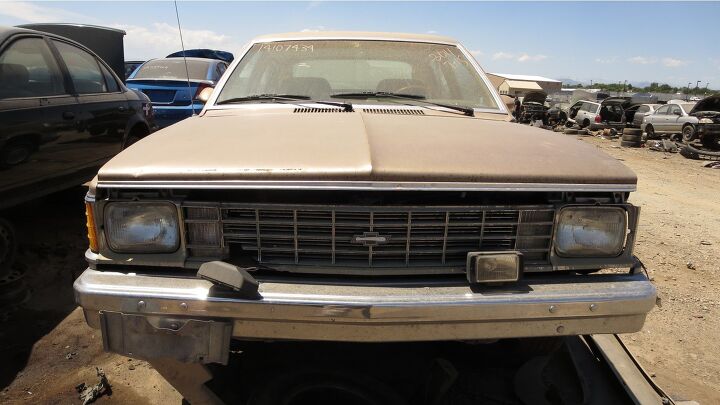

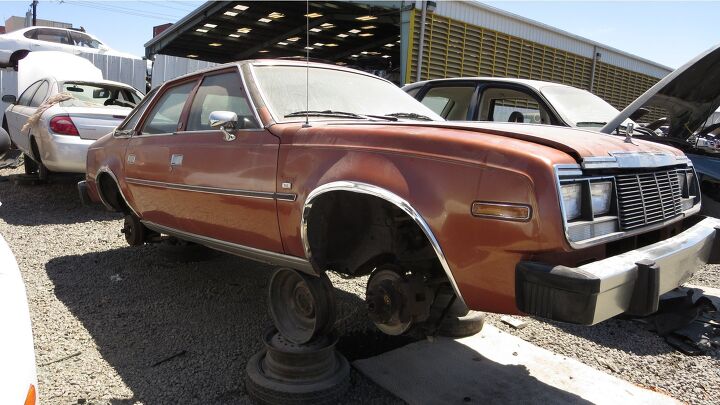



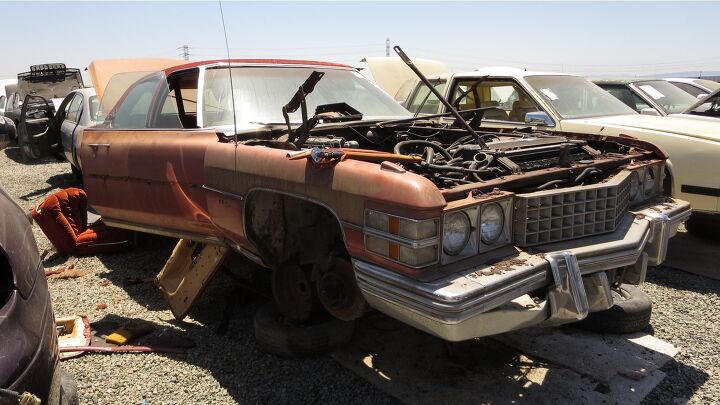
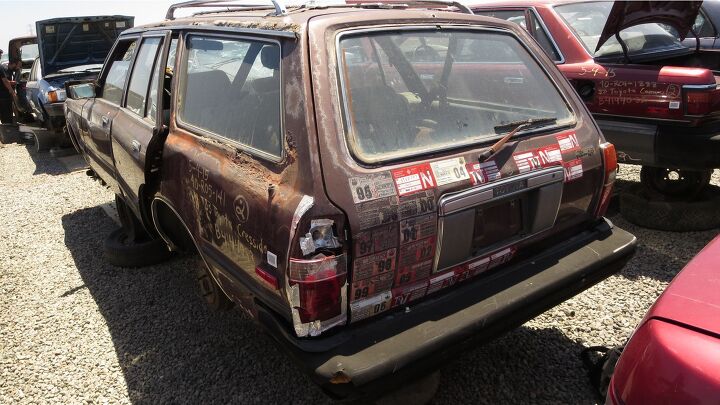

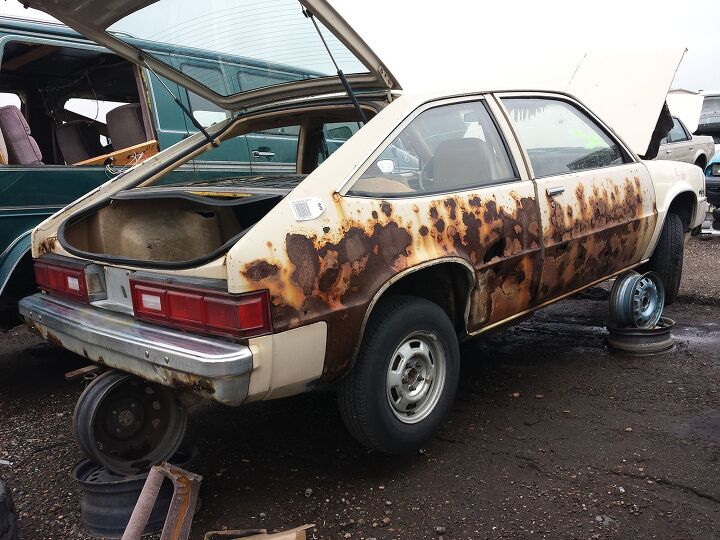
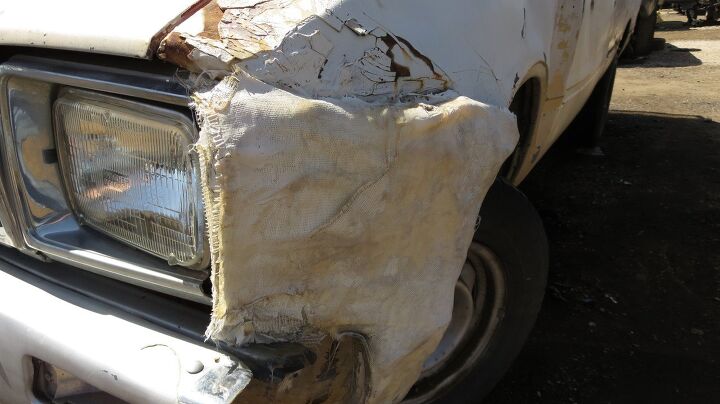
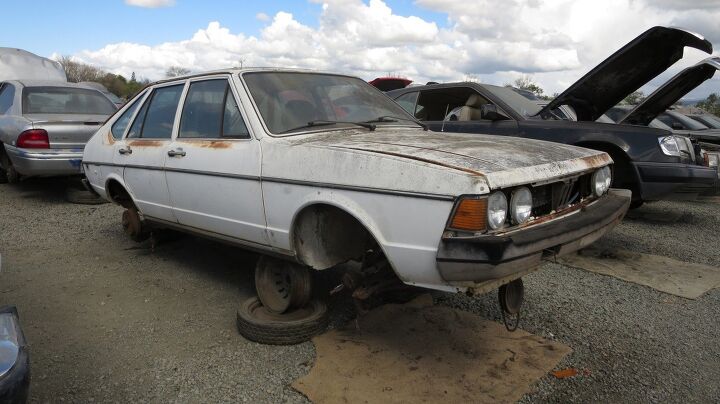
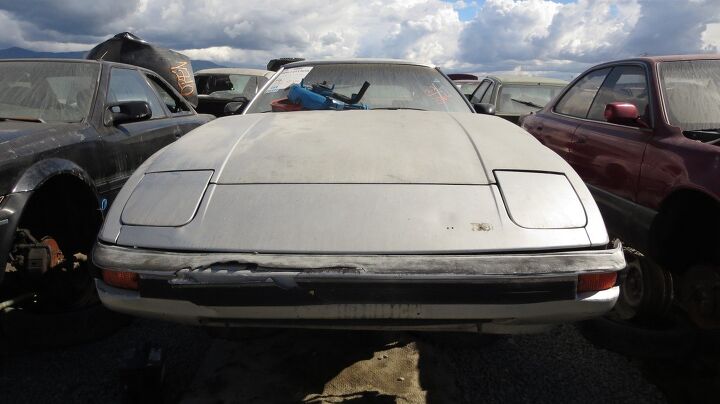
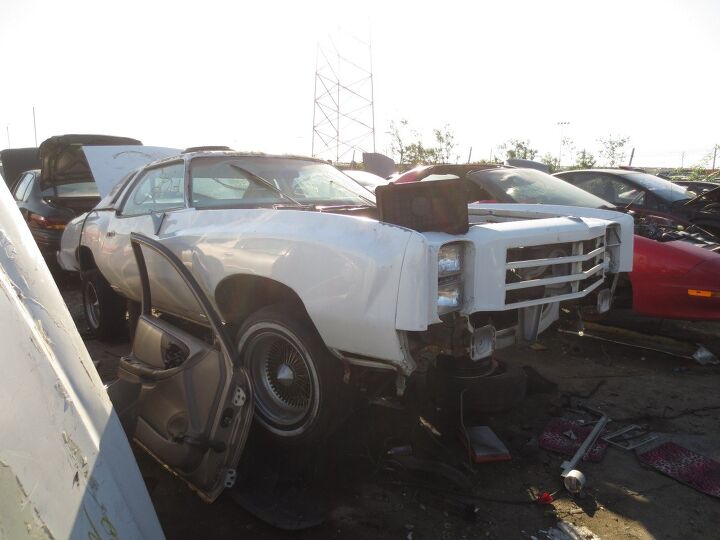













Recent Comments